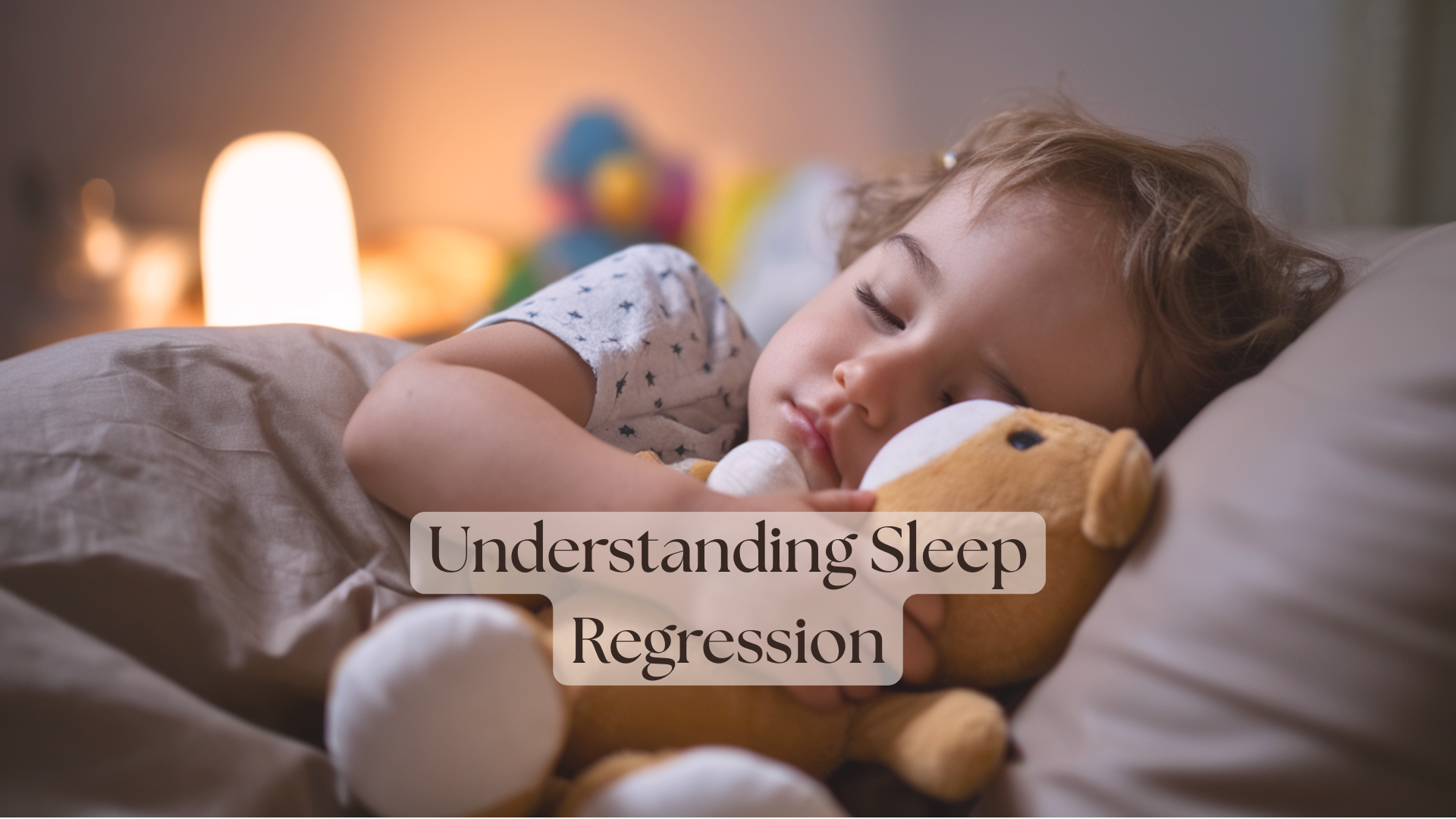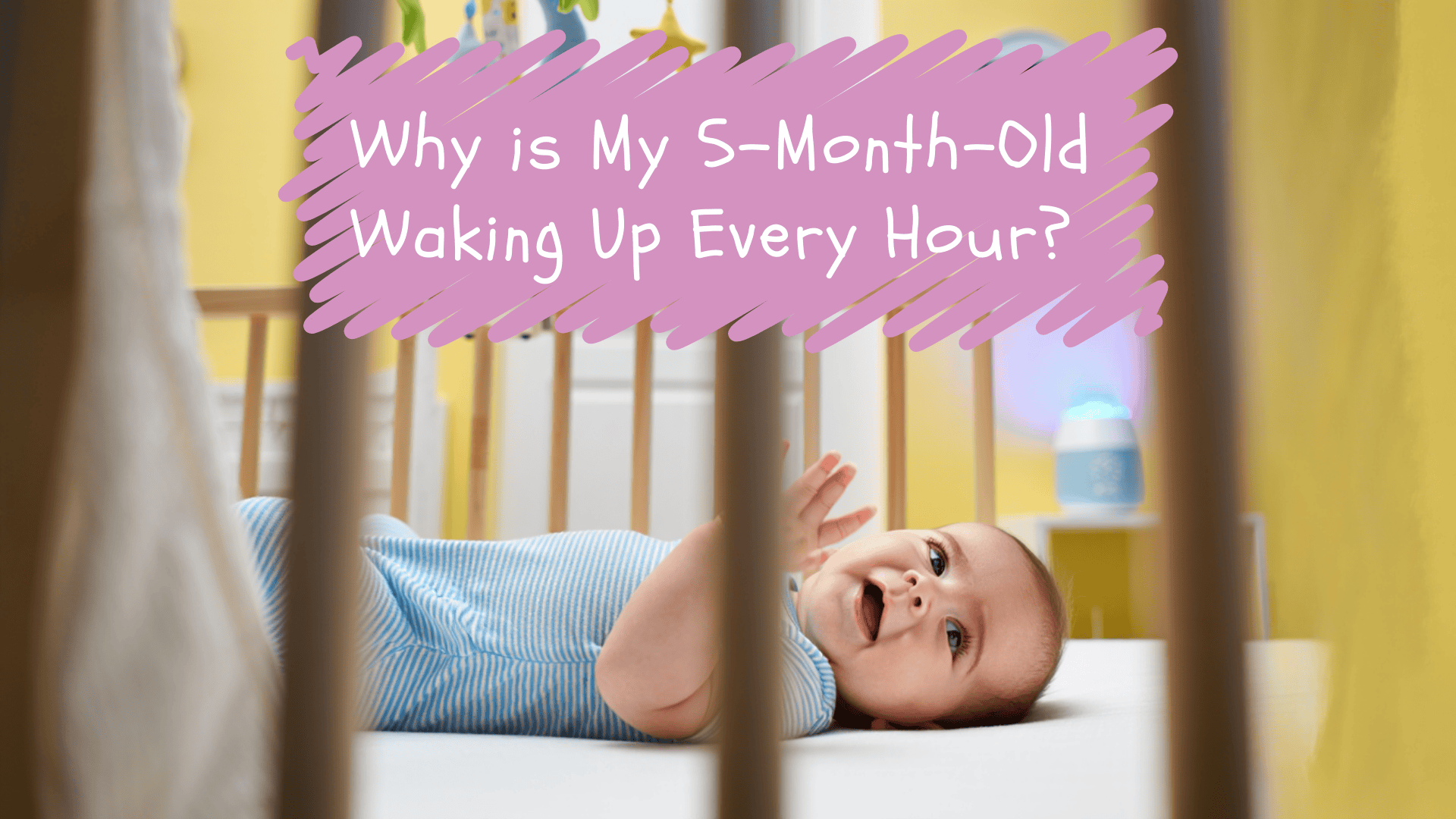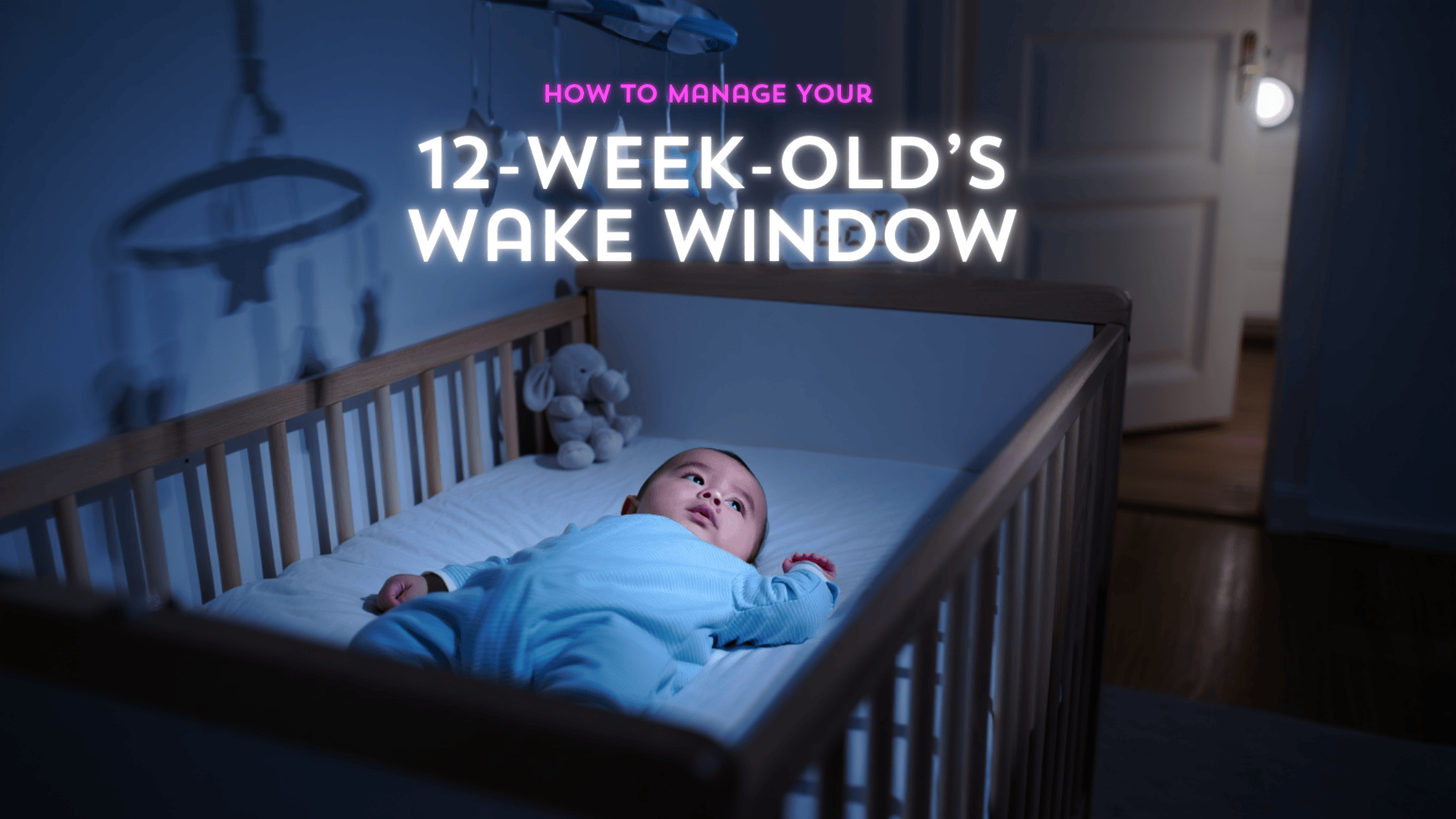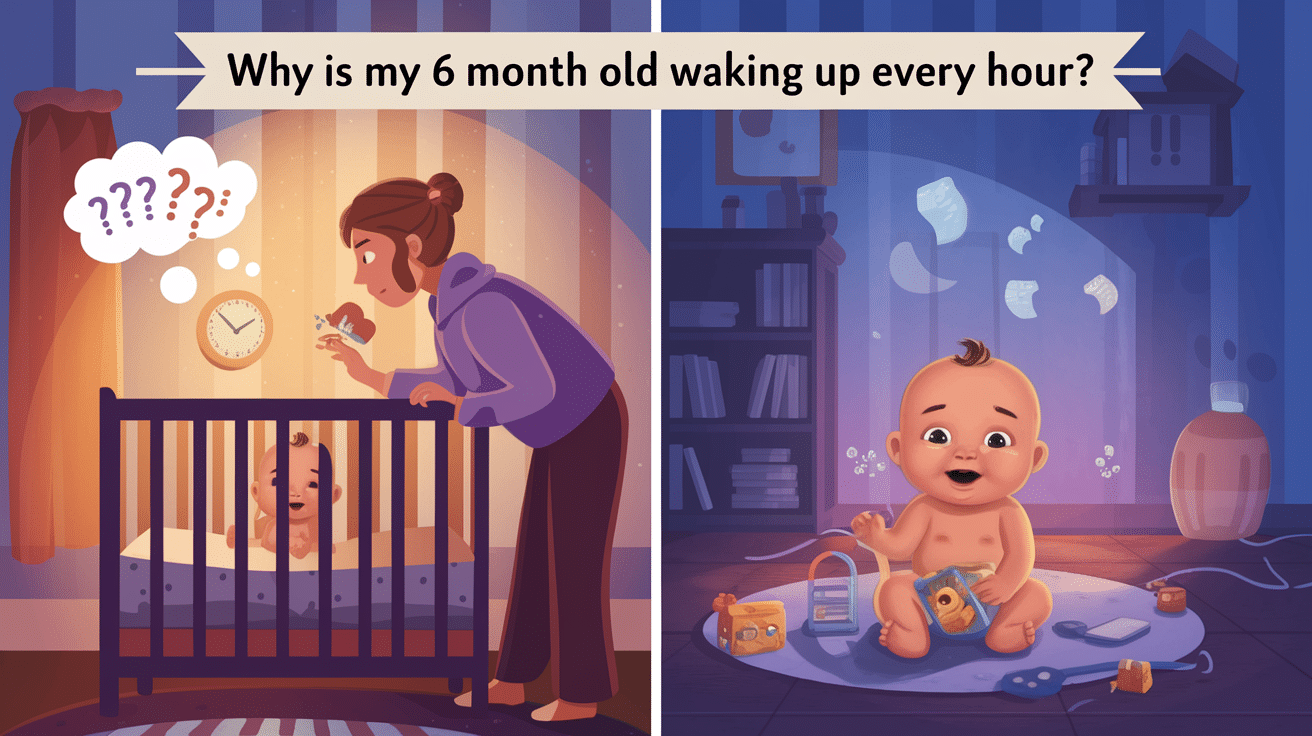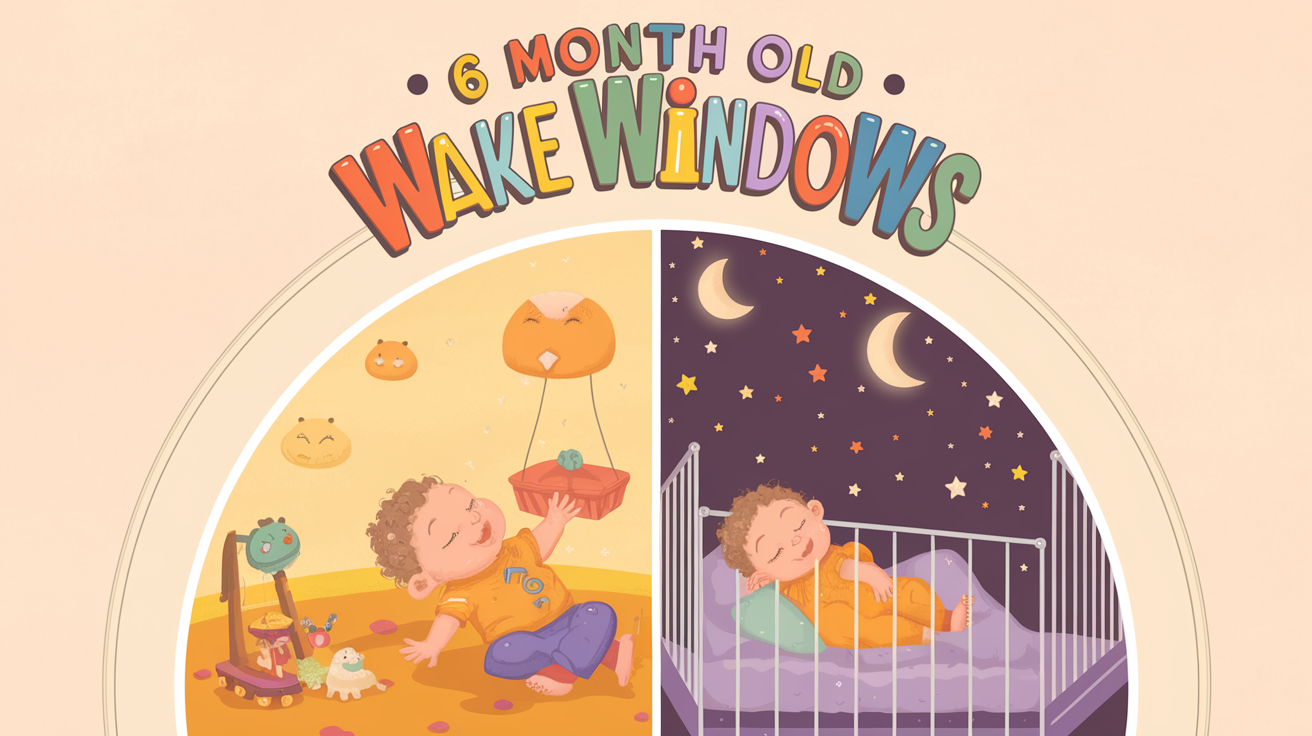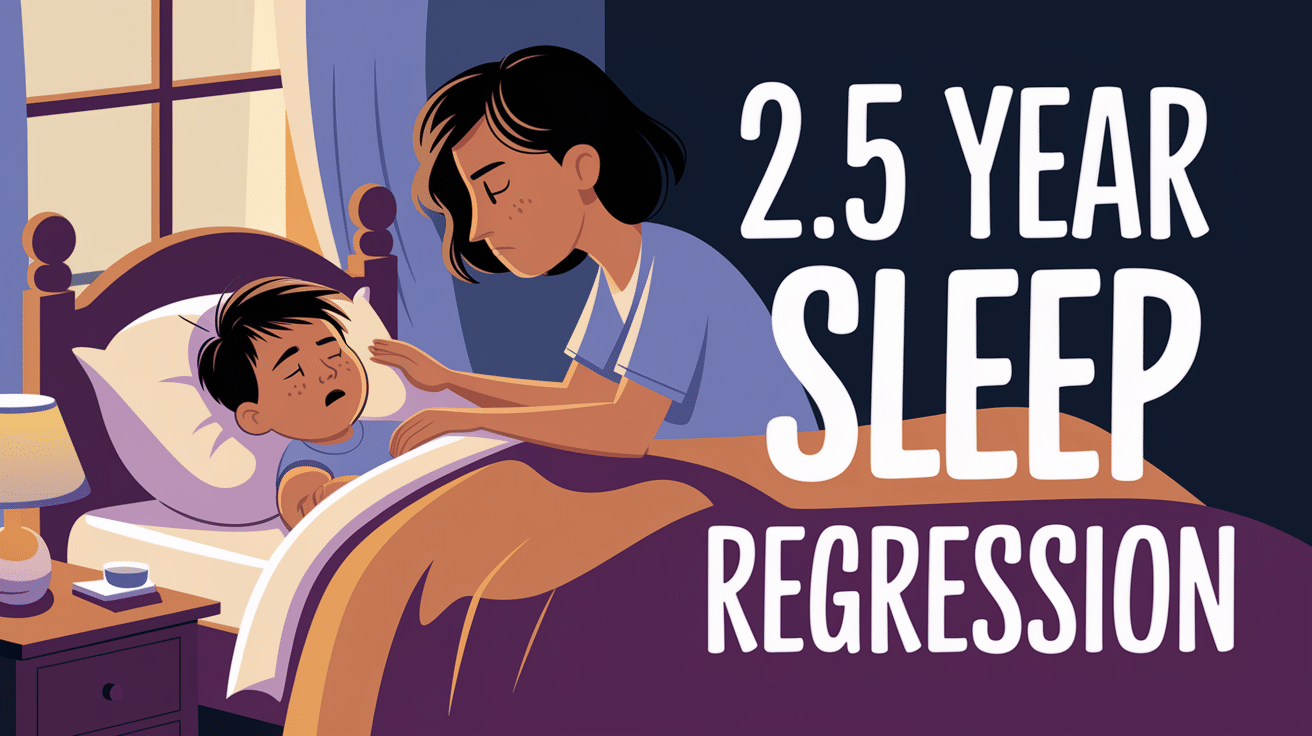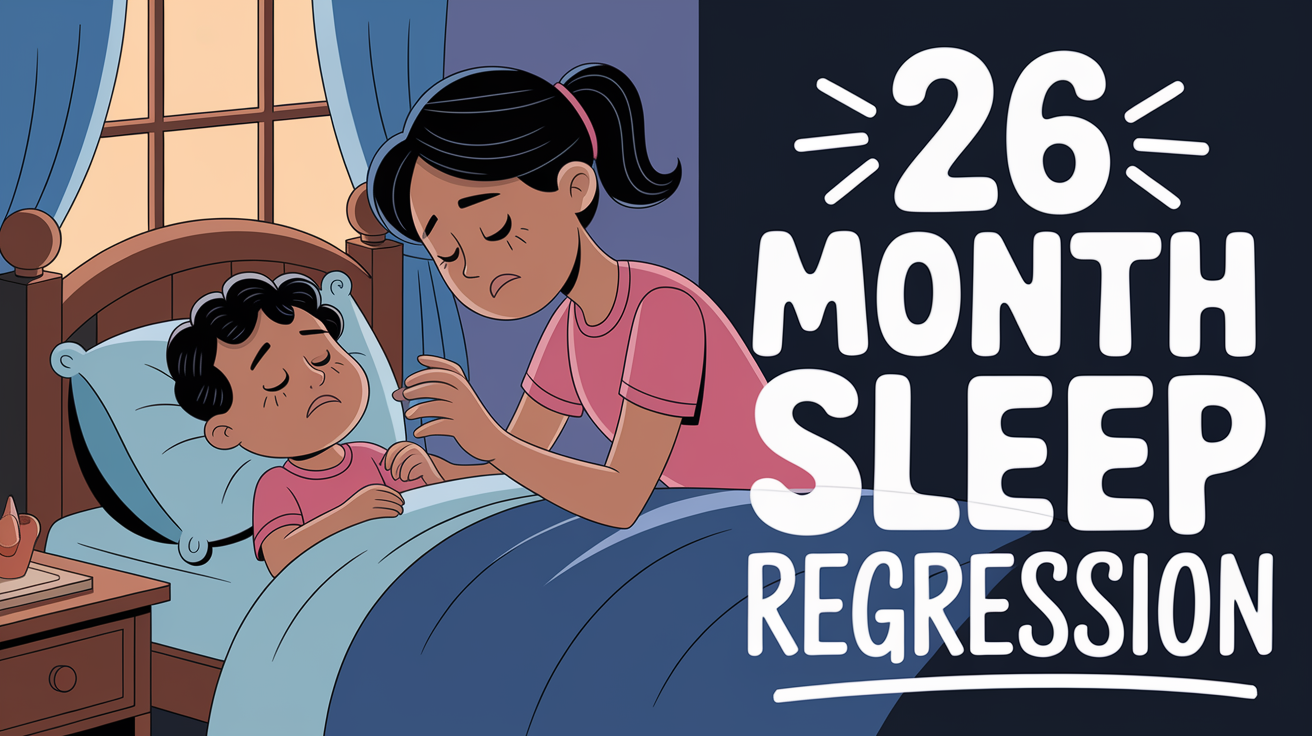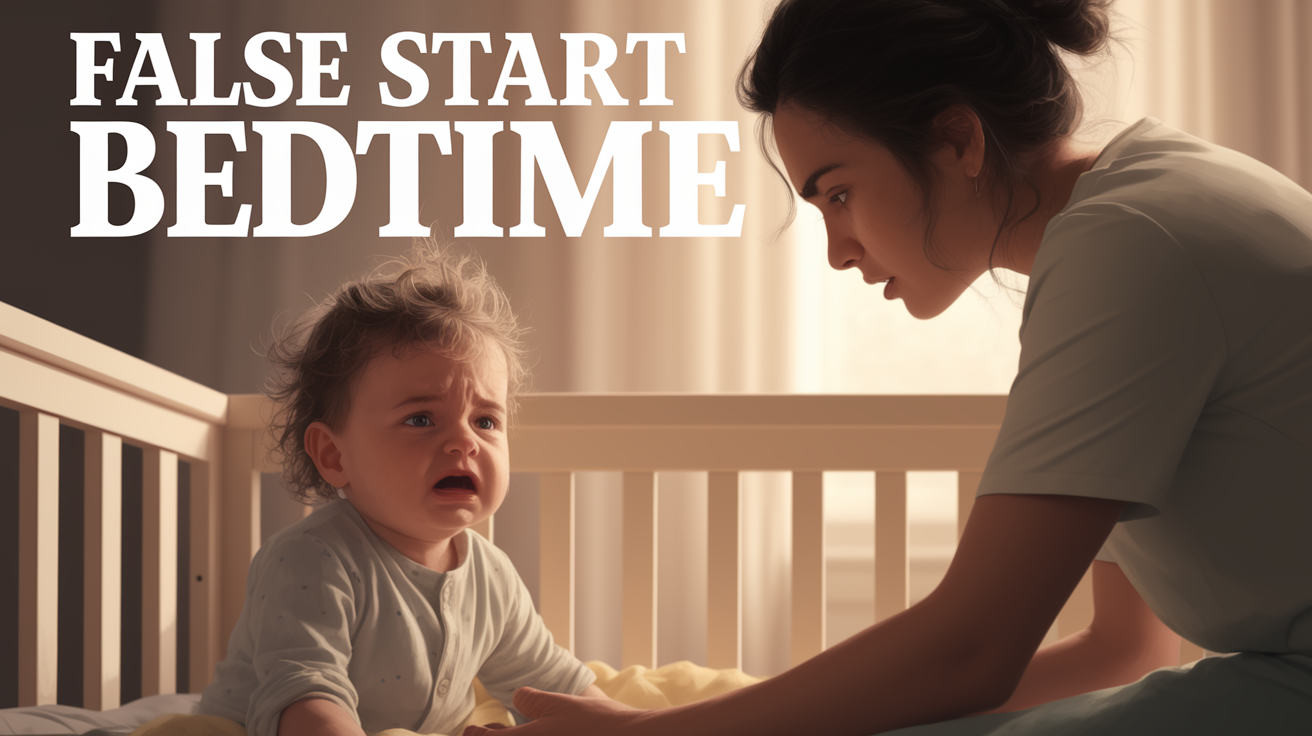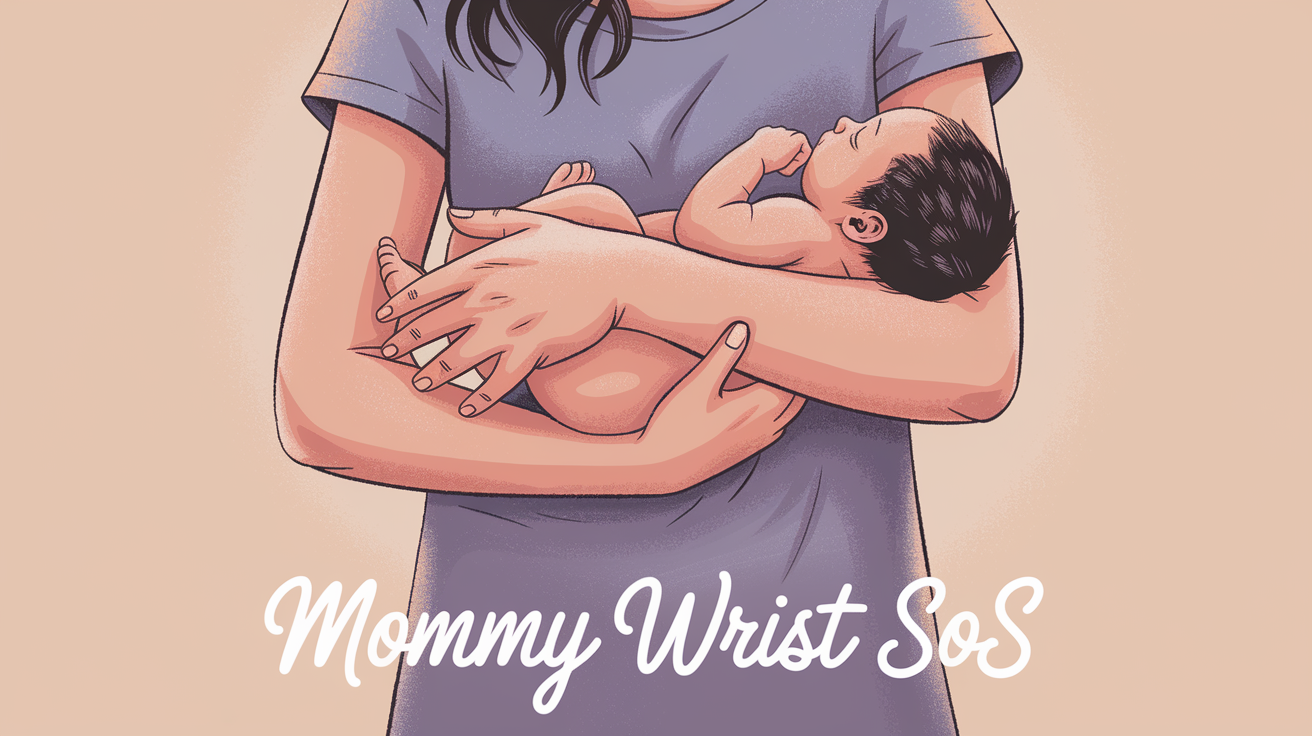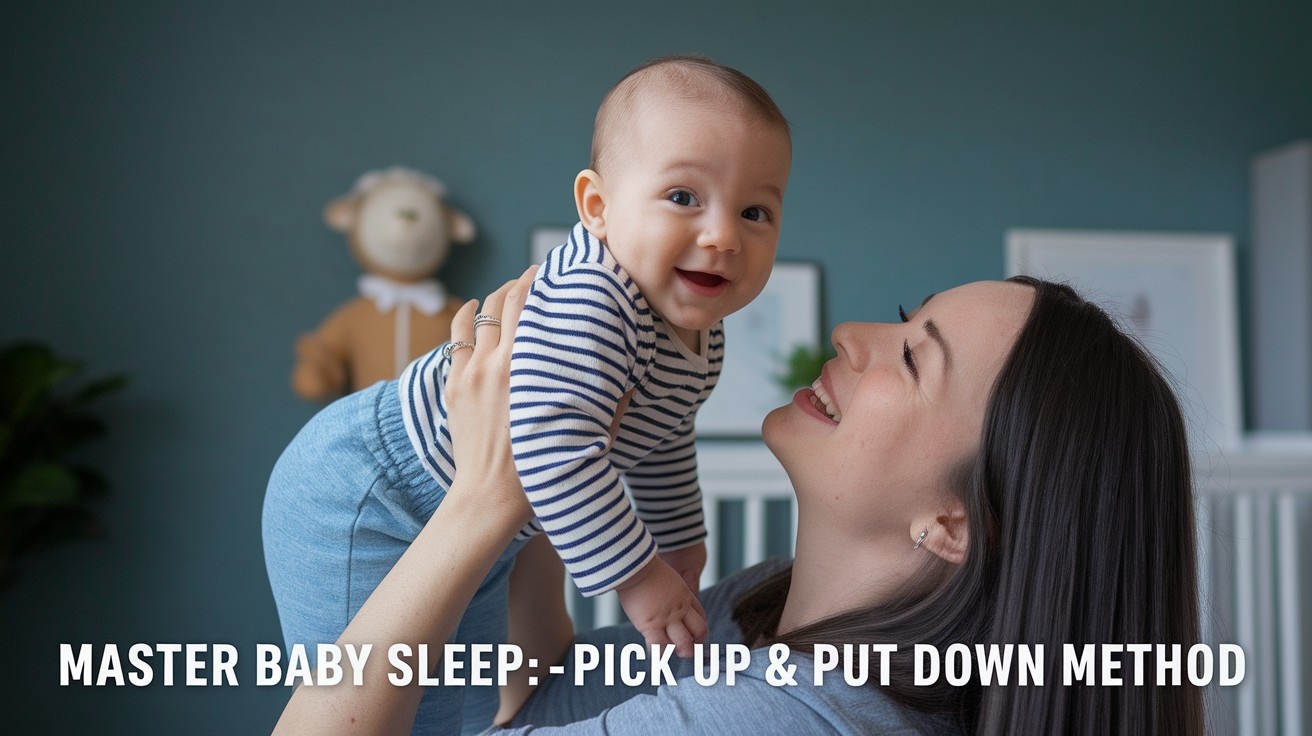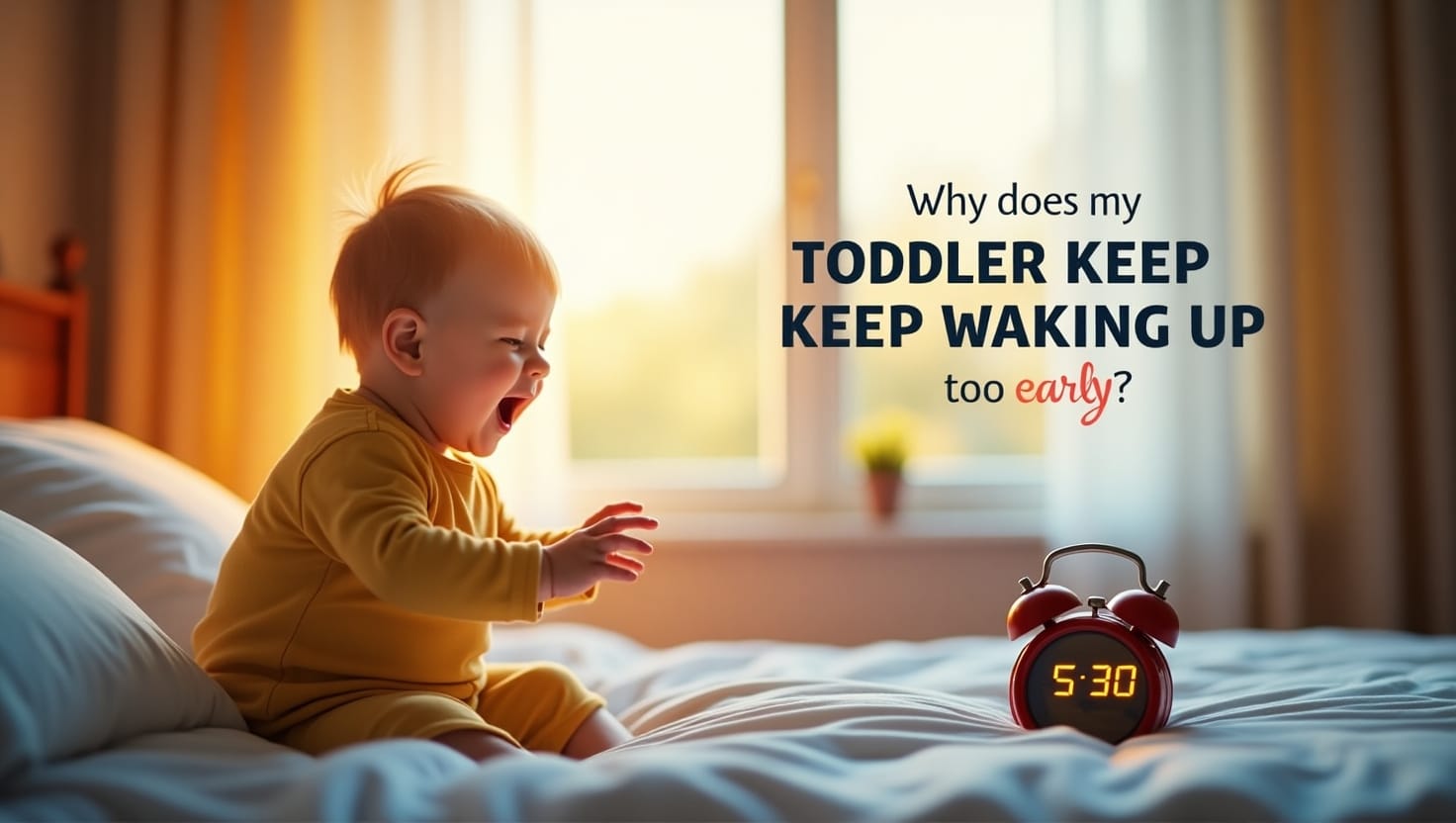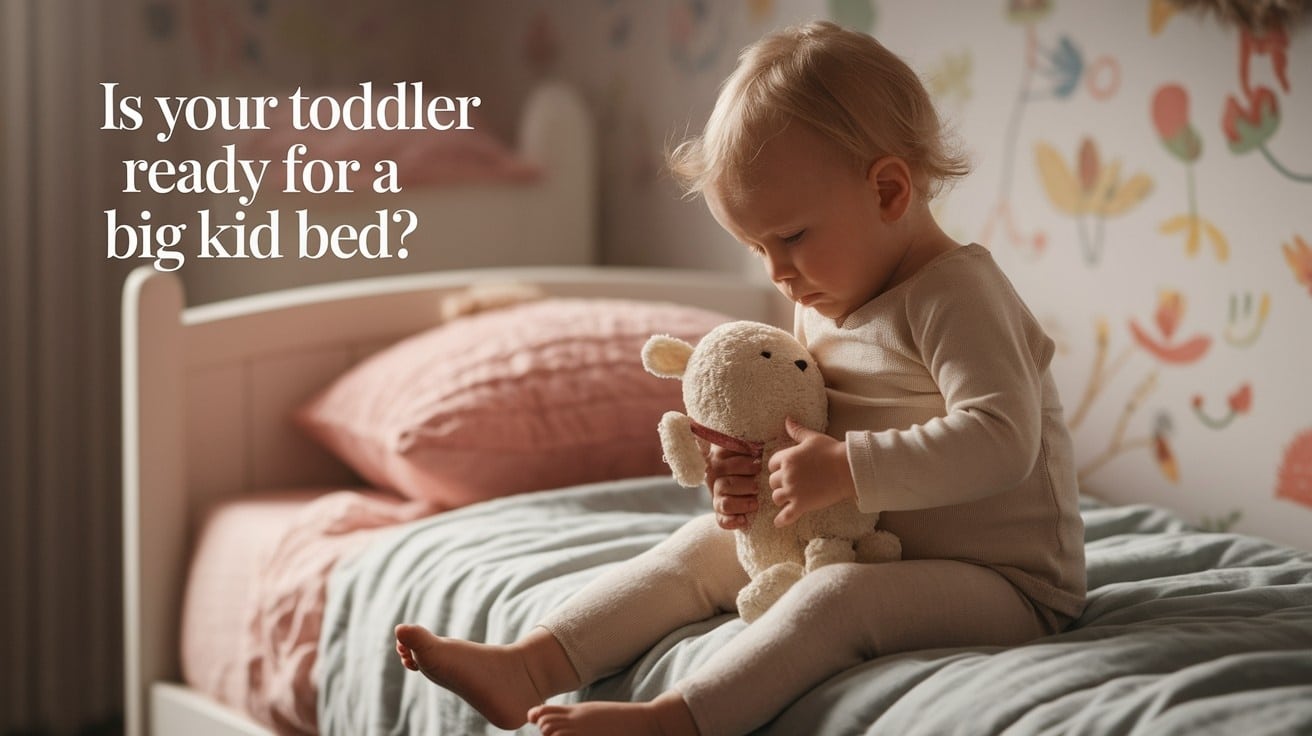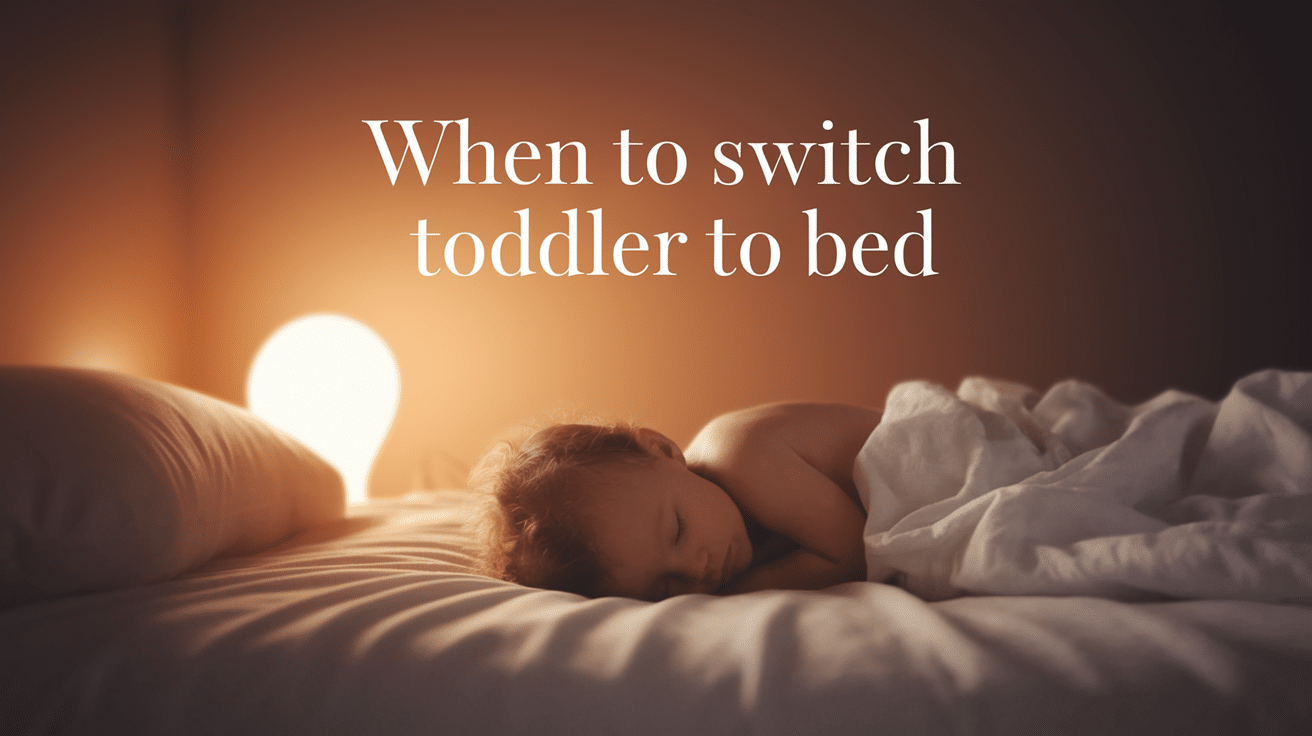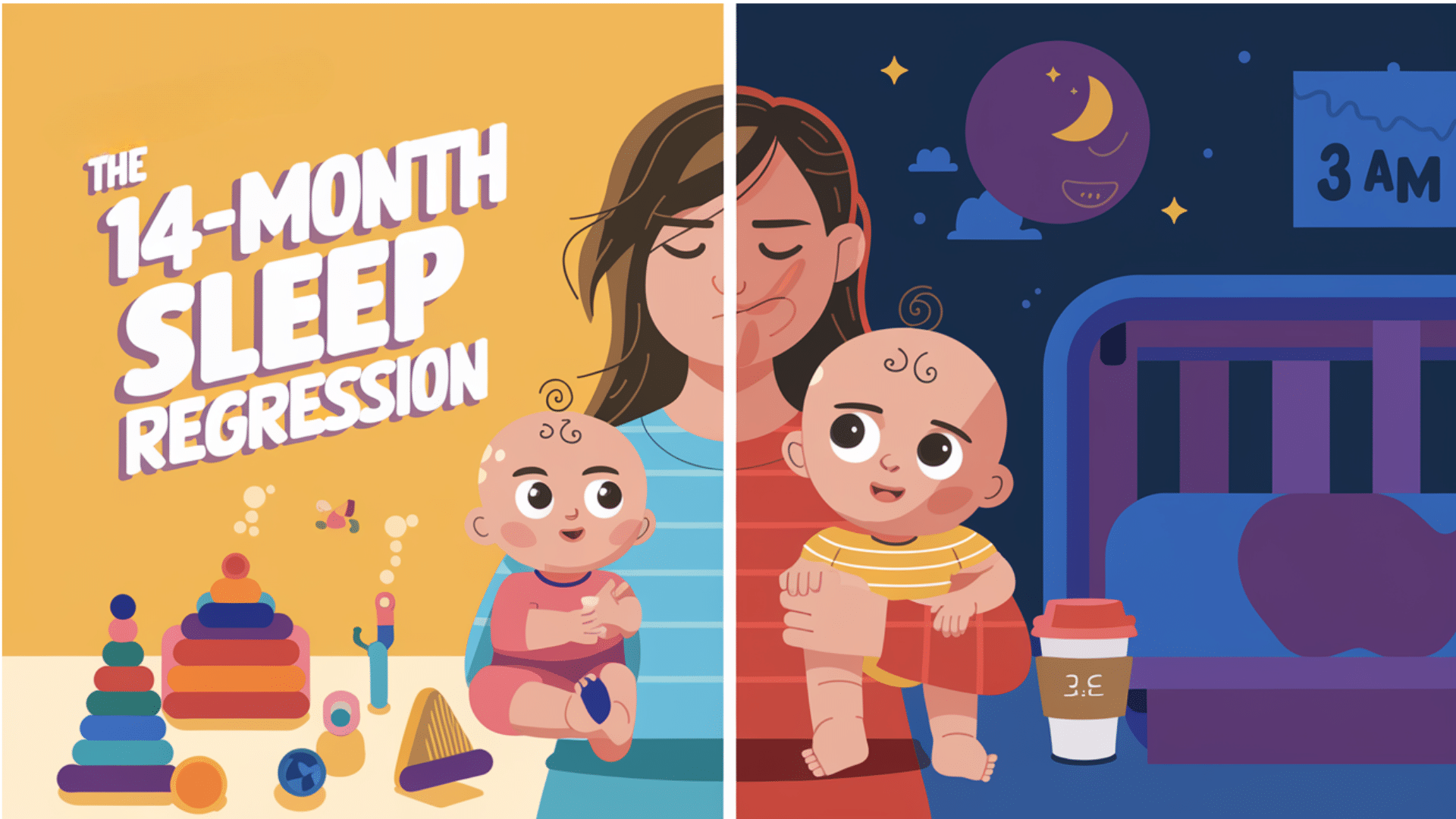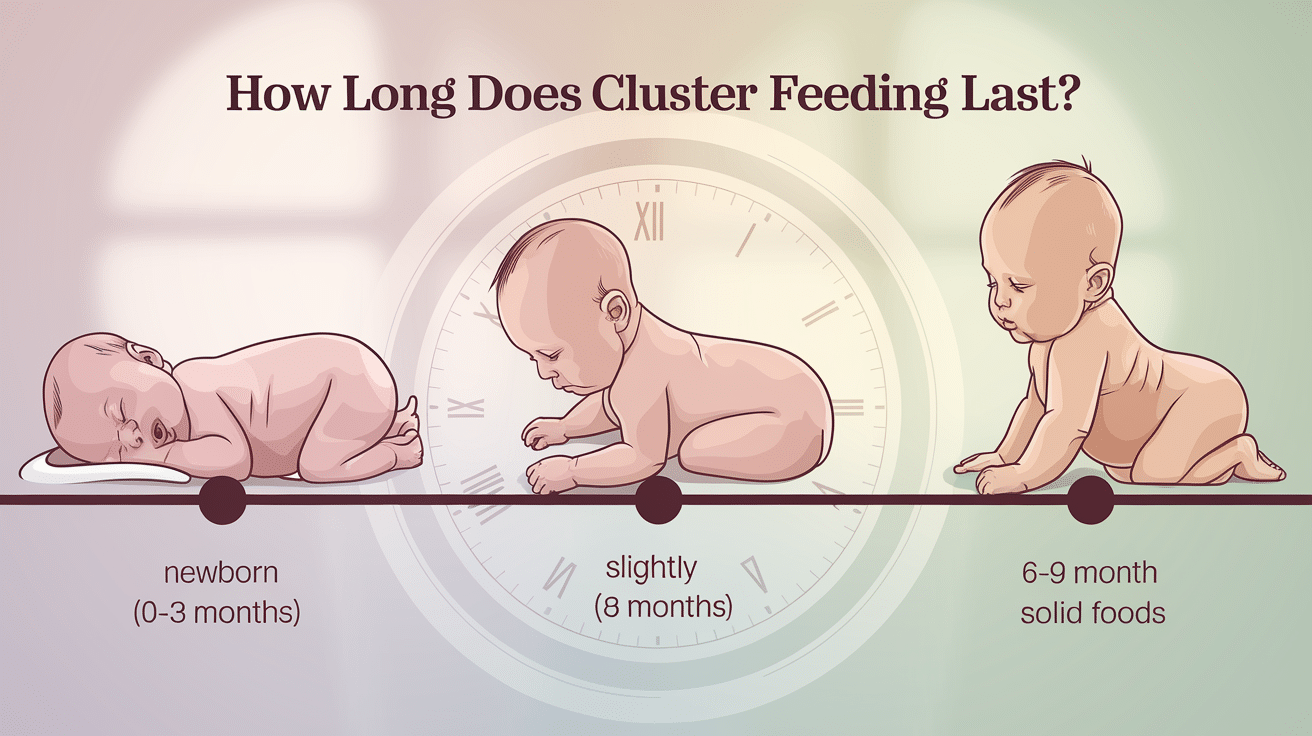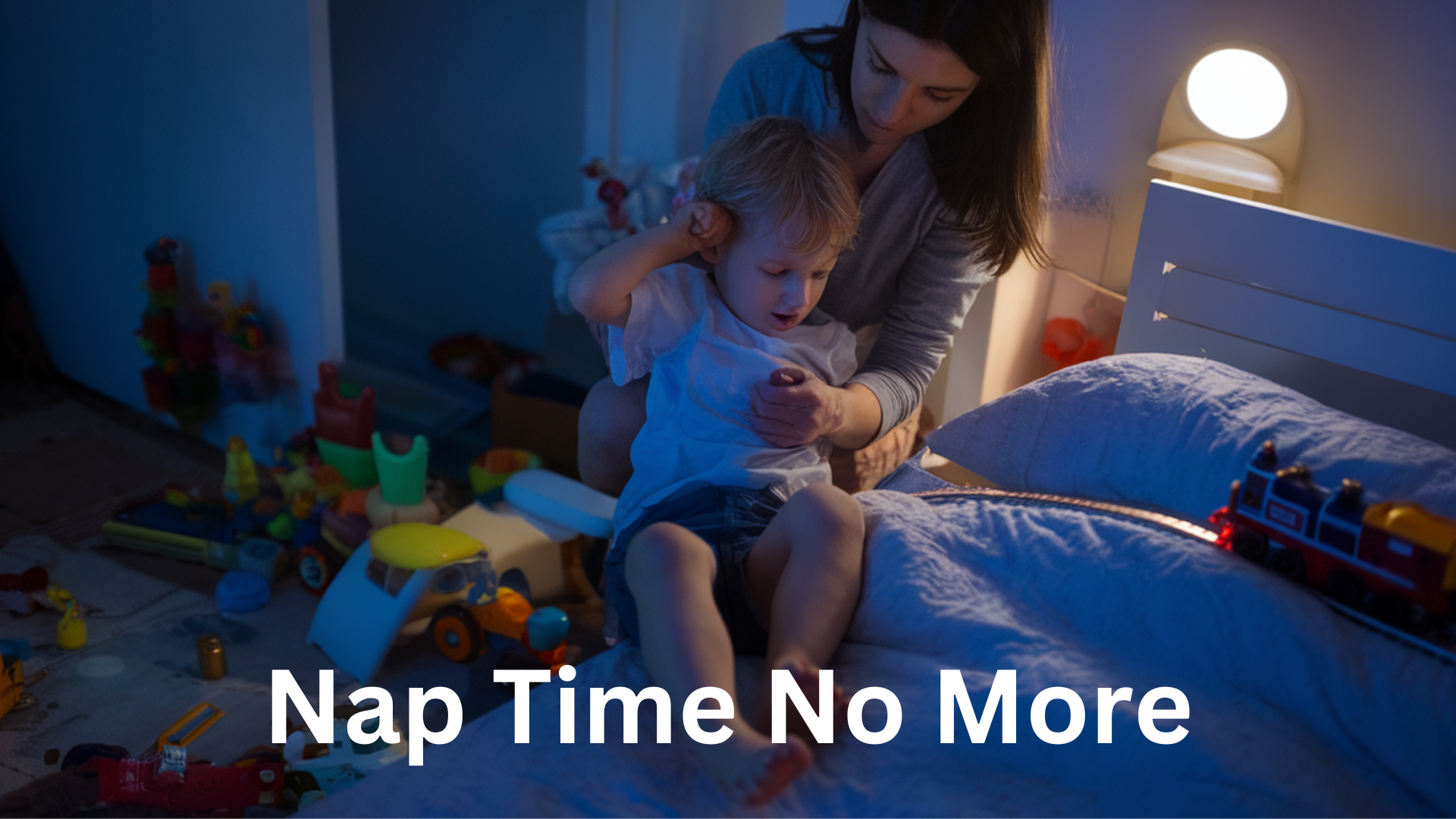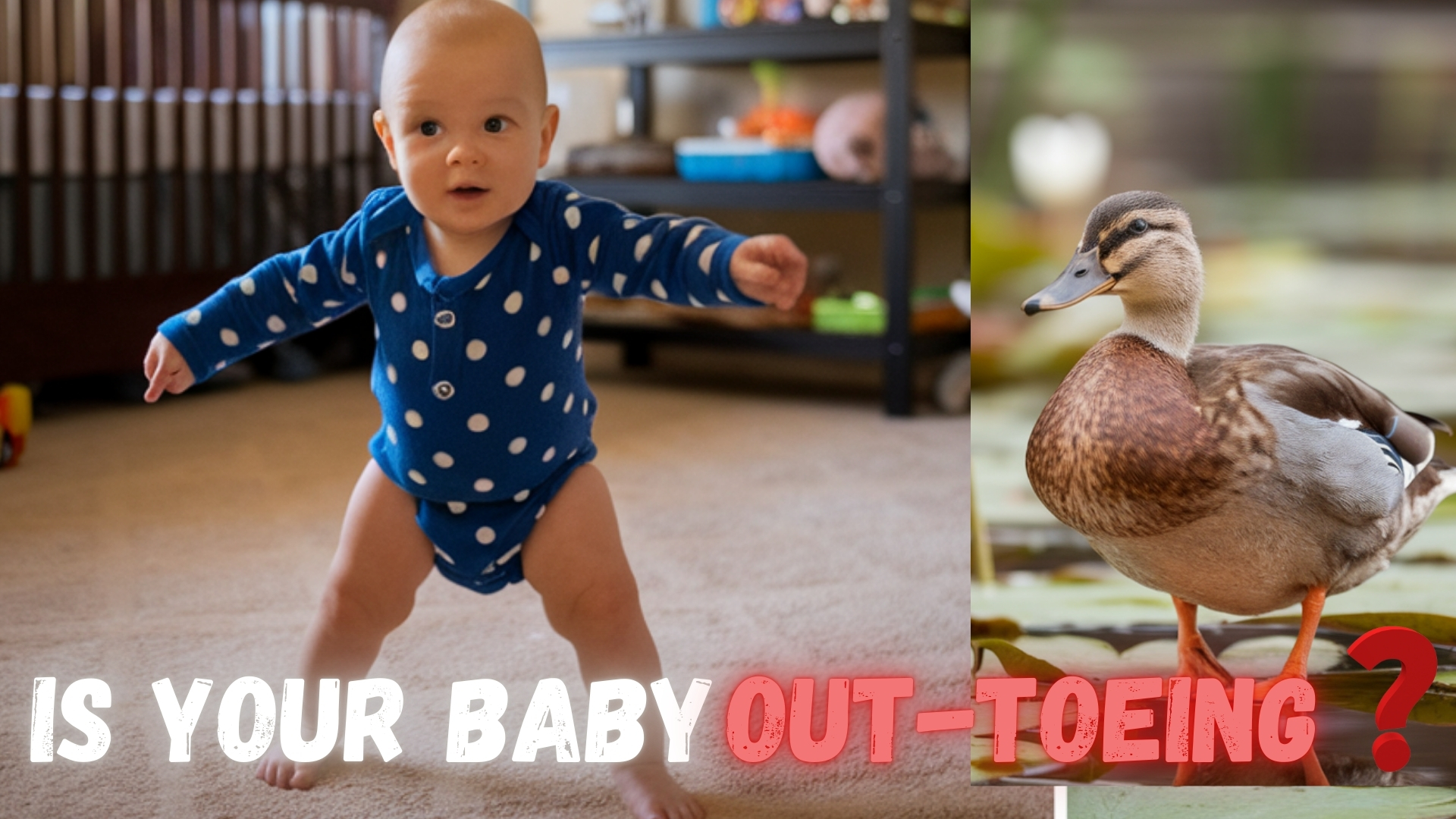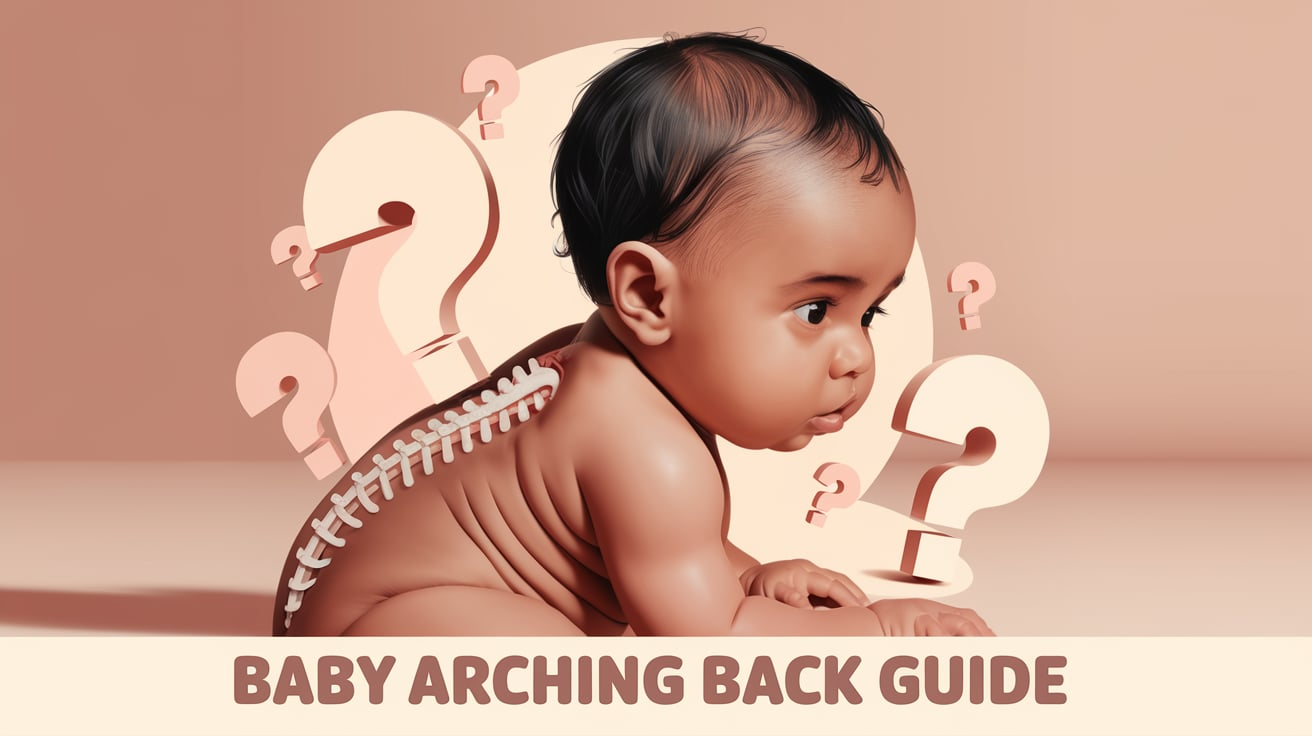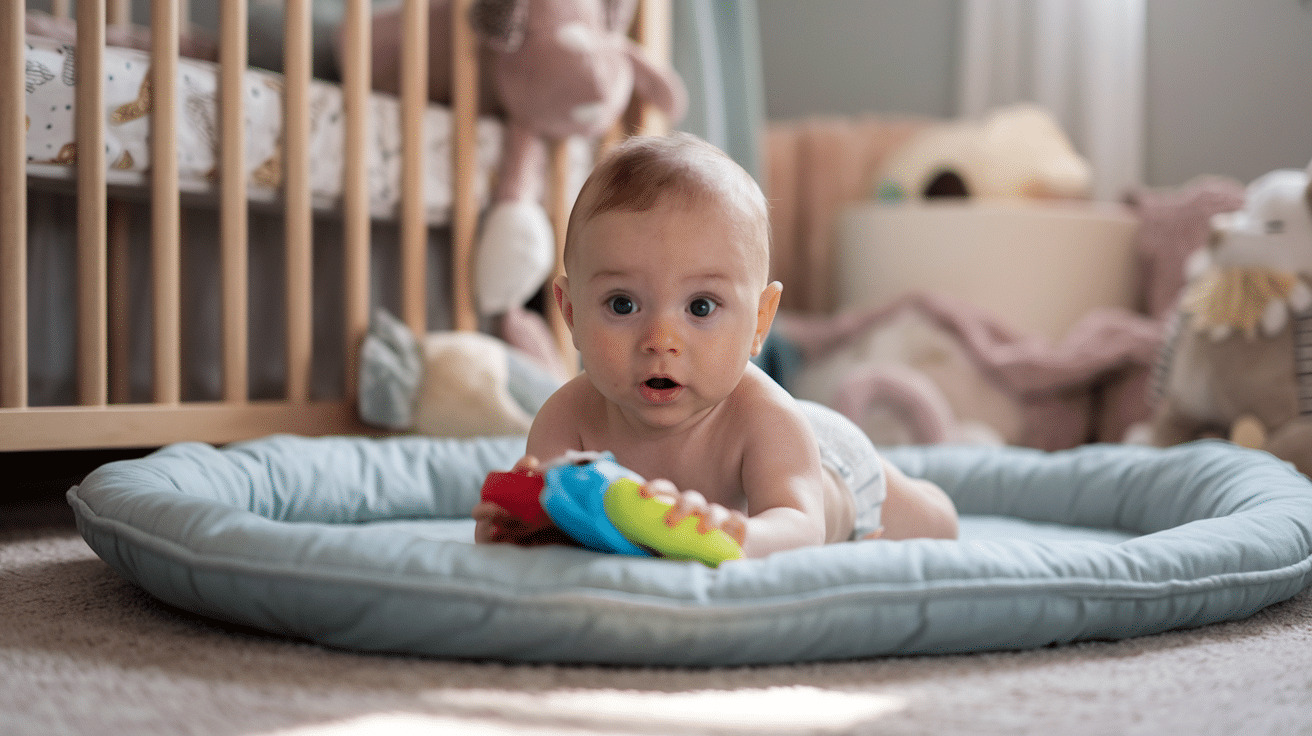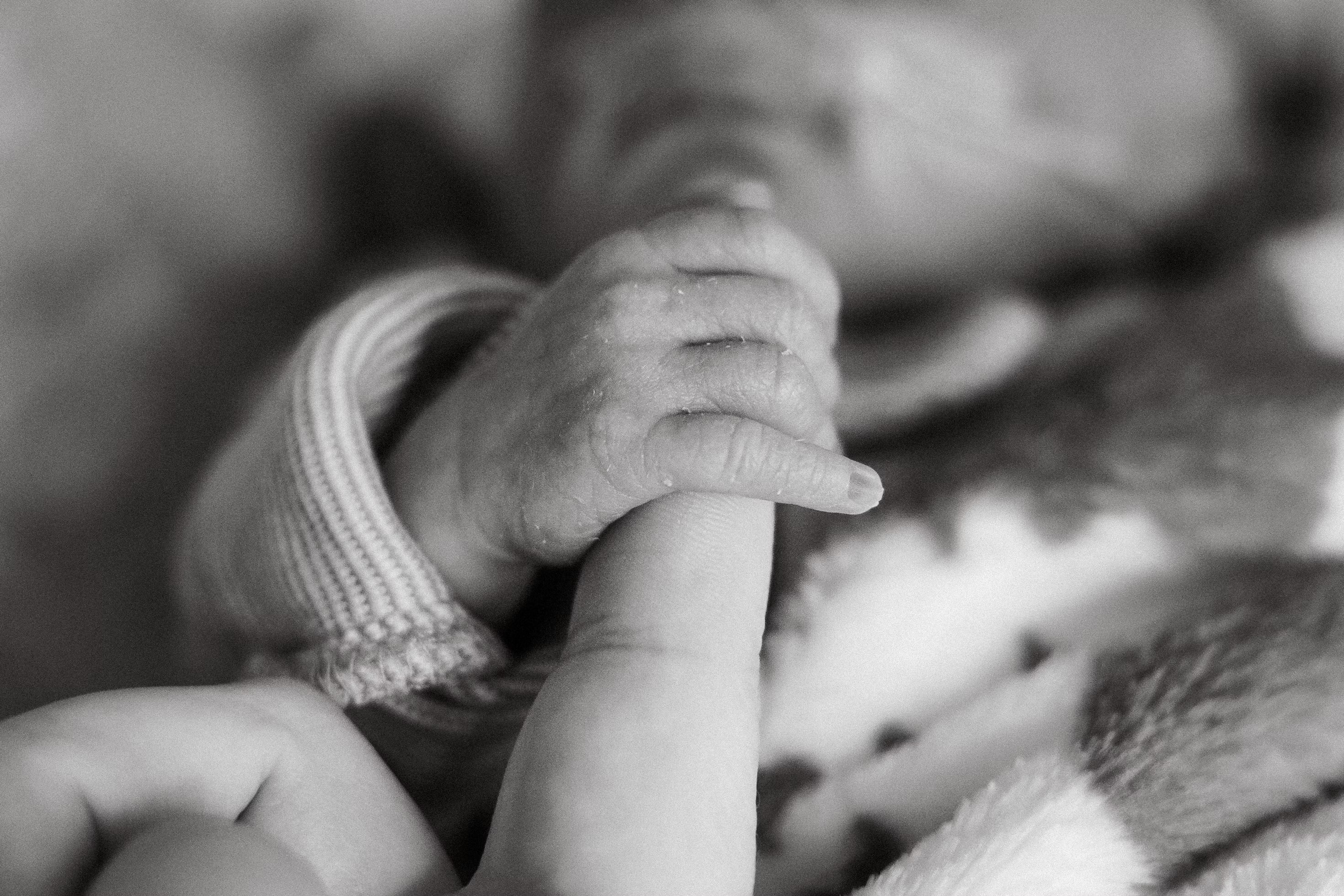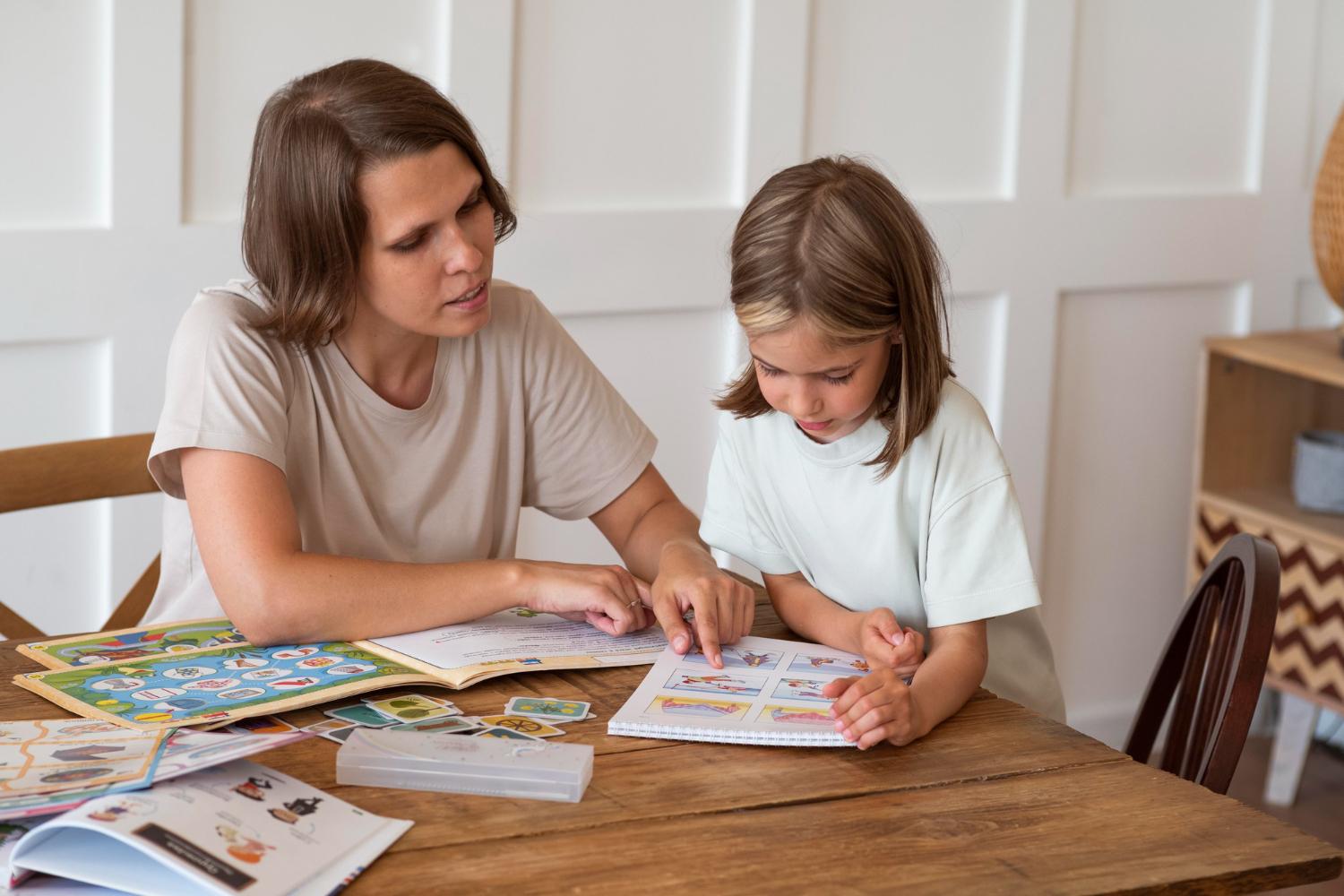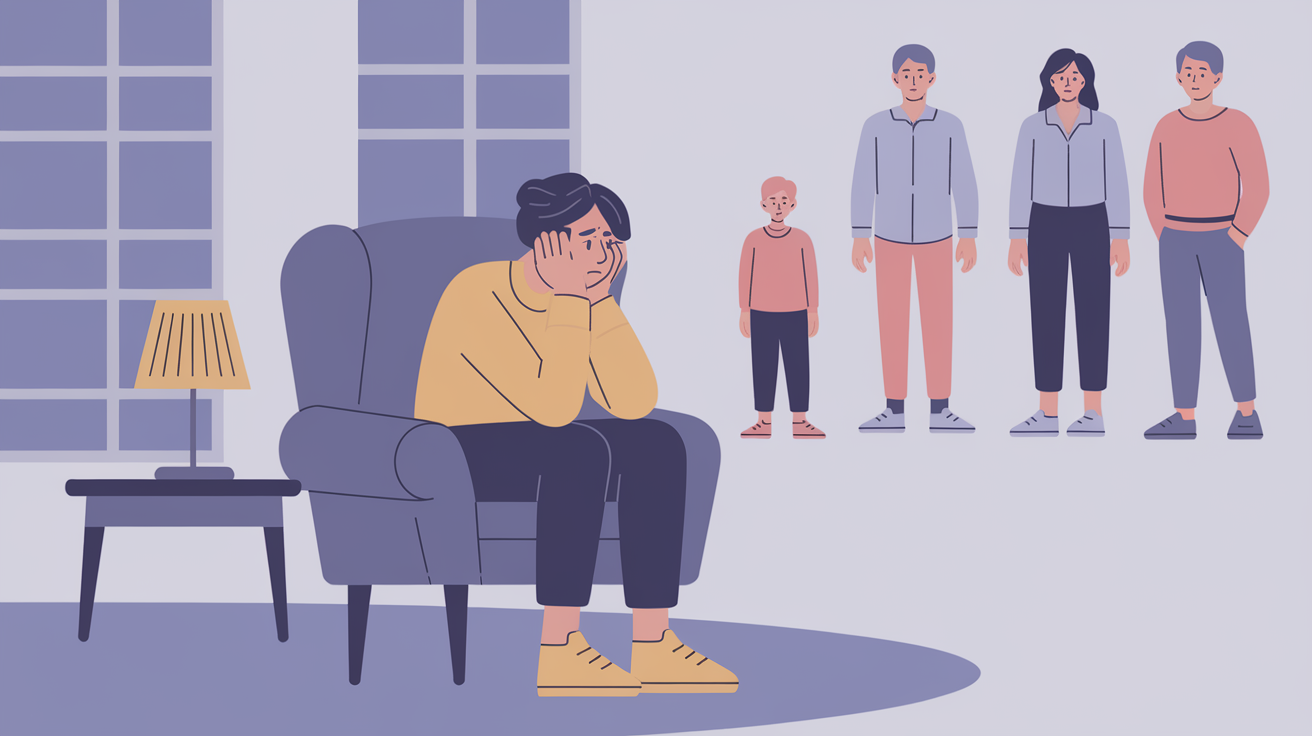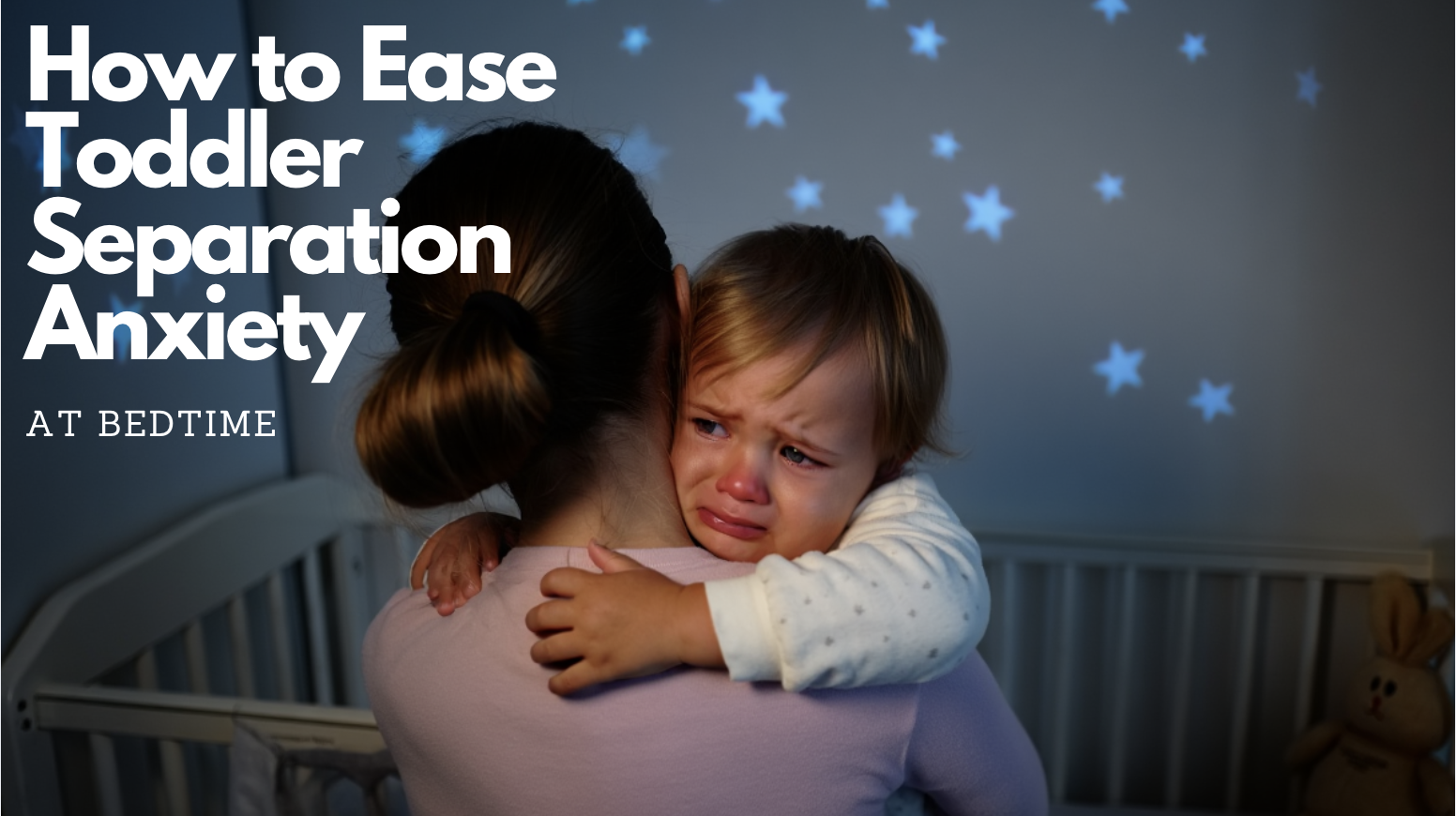
Ever been stuck in an endless bedtime loop with a tearful toddler clinging to your shirt? If your formerly great sleeper now treats bedtime like a hostage negotiation, you’re likely dealing with separation anxiety.
Those heart-wrenching cries of “Don’t go!” aren’t manipulation—they’re a normal developmental phase that peaks between 18 months and 3 years.
Here’s the good news: This challenging phase is actually a sign of healthy attachment and developing brain connections.
Your little one is learning that you exist even when you’re not visible (object permanence), but they don’t yet understand that separations are temporary.
In this guide, we’ll explore why bedtime triggers separation anxiety, what it looks like compared to other sleep disruptions, and most importantly, effective strategies to help both you and your toddler get the sleep you desperately need.
Toddler Separation Anxiety at Sleep Time

Separation anxiety at bedtime is a perfectly normal developmental phase where little ones fight sleep because they’re scared of being away from you.
What Is It?
It’s basically their growing brain realizing you exist even when they can’t see you, but they’re not quite mature enough to feel secure about it yet.
You’ll notice it when your toddler suddenly starts crying when you try to leave the room, refuses to stay in bed alone, wakes up throughout the night calling for you, or needs you right there to fall asleep in the first place.
These behaviors typically peak between 18 months to 3 years, though you might spot early signs around 6 months when their brain first starts developing this awareness.
Can Separation Anxiety Really Disrupt Toddler Sleep?
Absolutely. Separation anxiety can throw a wrench into your toddler’s entire sleep pattern. It affects both falling asleep and staying asleep, often leaving everyone exhausted.
Your formerly good sleeper might suddenly fight bedtime like it’s their job, wake up repeatedly through the night needing reassurance, pop up at the crack of dawn, or flat-out refuse their usual naps.
These disruptions can look a lot like a sleep regression—and sometimes they are actually part of one, as major developmental leaps often trigger both separation anxiety and sleep issues at the same time.
Why Does It Happen at Bedtime?
Bedtime hits separation anxiety particularly hard because it represents the longest stretch your toddler will be apart from you. For a little person who finds security in your presence, that’s a big deal.
Toddlers are naturally programmed for closeness—it’s a survival instinct that’s kept humans safe for thousands of years. They struggle with “goodbye” because they don’t fully understand the concept of returning yet.
Their brains have developed enough to know you exist when out of sight (object permanence), but their sense of time is still growing. To them, bedtime might feel like you’re disappearing forever, not just until morning.
How to Know If Sleep Disruptions Are Due to Separation Anxiety?
You’re likely dealing with separation anxiety when your toddler suddenly becomes super clingy before bed, throws tantrums specifically at bedtime, flat-out refuses to sleep alone, or wakes repeatedly through the night, calling for you rather than self-soothing.
Here’s how separation anxiety differs from a typical sleep regression:
| BASIS | SLEEP REGRESSION | SEPARATION ANXIETY |
|---|---|---|
| Onset | Often sudden, linked to developmental milestones | May build gradually with increasing awareness |
| Triggers | New skills (walking, talking), teething, growth spurts | Changes in routine, new environments, transitions |
| Behaviors | General sleep resistance, more night-wakings | Specific fear of being alone, seeking parents |
| Management | Often resolves on its own within 2-3 weeks | Requires emotional support and consistent responses |
10+ Proven Strategies to Manage Separation Anxiety at Night
Stick to a Consistent Bedtime Routine
Toddlers thrive on predictability, especially when they’re feeling anxious. A consistent routine signals what’s coming next and creates a sense of safety.
Keep the steps the same each night: bath, pajamas, story, song, and goodnight kiss. This familiar pattern helps your little one feel secure even as they prepare for separation.
Comfort Object
A special lovey, stuffed animal, or even your t-shirt can work wonders as a transitional object. These items create what psychologists call a “security bridge” between you and your child.
When you’re not physically present, the comfort object helps them feel emotionally connected to you. Introduce it during daytime snuggles first so it becomes associated with comfort.
Build a “Connection Bridge”
Create visual reminders that you’re still connected even when apart. Some parents draw matching hearts on their hand and their child’s or use the “invisible string” concept (from the children’s book) to explain how love keeps you connected even when you can’t see each other.
These tangible symbols help toddlers grasp the abstract idea that separation is temporary.
Farewell Rituals
Always say goodbye clearly and calmly instead of sneaking out when they’re distracted. Sneaking creates distrust and can actually increase anxiety.
A simple, consistent goodbye ritual—like two kisses, a high five, and “see you in the morning”—builds trust and security over time.
Check-ins and Verbal Reassurance
Let your toddler know you’ll check on them after a short time. Start with frequent, brief check-ins, then gradually extend the time between visits.
This shows them you’ll return but also gives them practice at being alone for longer stretches. Keep check-ins boring—a quick reassuring pat and “I love you, time for sleep” without turning on lights or starting conversations.
Practice Separation During the Day
Build your toddler’s separation tolerance with short practice sessions during daylight hours when they’re not also fighting sleep.
Start small—step into another room for a minute while they play safely, then return with enthusiasm. Gradually increase time apart, always returning when promised to build trust.
Avoid Creating New Sleep Habits
While it’s tempting to rock your anxious toddler to sleep or let them crash in your bed, these solutions often create long-term sleep dependencies that are hard to break.
Instead, focus on offering comfort while maintaining boundaries—sitting nearby while they fall asleep in their own bed, then gradually moving farther away over several nights.
Reinforce Independent Play
Encourage short periods of independent play during the day. This builds their confidence in being “alone but not alone” and develops self-soothing skills that transfer to bedtime.
Start with you in the same room but not directly engaged, then work up to playing independently while you’re nearby.
Emotional Validation
Acknowledge your toddler’s feelings without minimizing them. Saying, “I know you miss me at night, and that’s okay” validates their experience while normalizing it.
Follow with reassurance: “I always come back in the morning. I’m just in the other room while you sleep.”
Model Calmness
Toddlers are incredibly sensitive to their emotional state. If you’re anxious about bedtime battles, they’ll pick up on it immediately.
Practice your own calming techniques before starting the bedtime routine. Speak in a relaxed voice and move with slow, deliberate motions to signal that bedtime is a peaceful, safe time.
Helpful Tools & Resources

Picture Books
Books that address separation themes can help toddlers process their feelings. The Kissing Hand by Audrey Penn is perfect for this—it tells the story of a raccoon mother who kisses her child’s hand so he can feel her love when they’re apart.
Other good options include Llama Llama Misses Mama and Owl Babies. Reading these stories during daytime hours (not just at bedtime) helps reinforce the concepts when your child isn’t already anxious.
Calming Sound Machines or Night Lights
The right environmental tools can create a sense of security. Sound machines provide consistent background noise that blocks out household sounds that might wake your toddler and remind them they’re alone.
Night lights with timers offer just enough illumination to be comforting without interfering with sleep. Some newer options even include soft glowing stuffed animals that serve as both night light and comfort object.
Visual Bedtime Schedules
A simple picture chart showing each step of the bedtime routine gives toddlers a visual map of what’s happening, reducing anxiety about the unknown.
Use photos or simple drawings of bath time, tooth brushing, story time, final kiss, and sleep. Your child can move a marker or pointer along the chart as each step is completed, giving them a sense of control and predictability.
TV Episodes with Separation Themes
Shows like Daniel Tiger’s Neighborhood address separation anxiety directly with episodes like “Daniel Goes to School” and catchy songs such as “Grown-ups Come Back.”
Watching how familiar characters handle separation can normalize the experience for your toddler. Just be sure to watch these well before bedtime rather than as part of the wind-down routine, as screen time close to sleep can interfere with falling asleep.
When to Seek Professional Help?
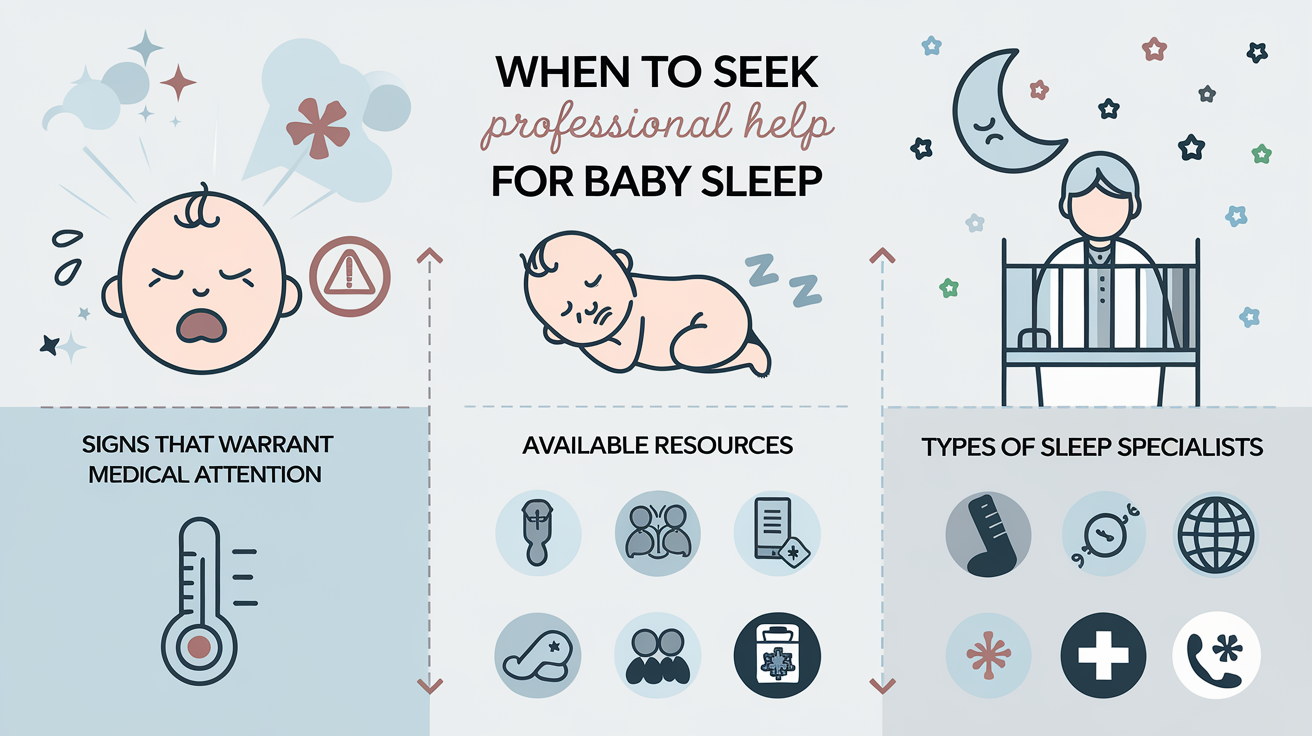
While separation anxiety at bedtime is normal, there are times when professional guidance might be needed.
Consider reaching out to your pediatrician or a child psychologist if your toddler’s anxiety persists well past age 3 or becomes severe enough to disrupt your family’s functioning significantly.
Watch for more concerning signs that might indicate separation anxiety disorder rather than typical developmental anxiety.
These include physical symptoms like vomiting from distress, panic attacks at separation, complete refusal to be alone even briefly during the day, recurring nightmares, or resistance to attending daycare or preschool.
Most toddlers work through separation anxiety with consistent support, but don’t hesitate to seek help if your instincts tell you something more is happening. Early intervention can make a big difference for kids experiencing more severe anxiety.
Separation Anxiety is a Sign of Love—and a Phase That Will Pass
When you’re exhausted from midnight wakings and bedtime battles, remember that your toddler’s separation anxiety actually signals something beautiful: They love you so much that being apart feels scary. This intense attachment is a healthy sign of strong emotional bonding.
With a blend of empathy for their feelings and consistent structure for security, your toddler will slowly become more comfortable with bedtime separations.
The strategies we’ve discussed aren’t quick fixes but rather investments in your child’s emotional development and sleep independence.
On the hardest nights, take a deep breath and remind yourself that this is temporary. By responding with patience now, you’re teaching them that goodbyes are safe and that you always return—a foundation of trust they’ll carry through life.






